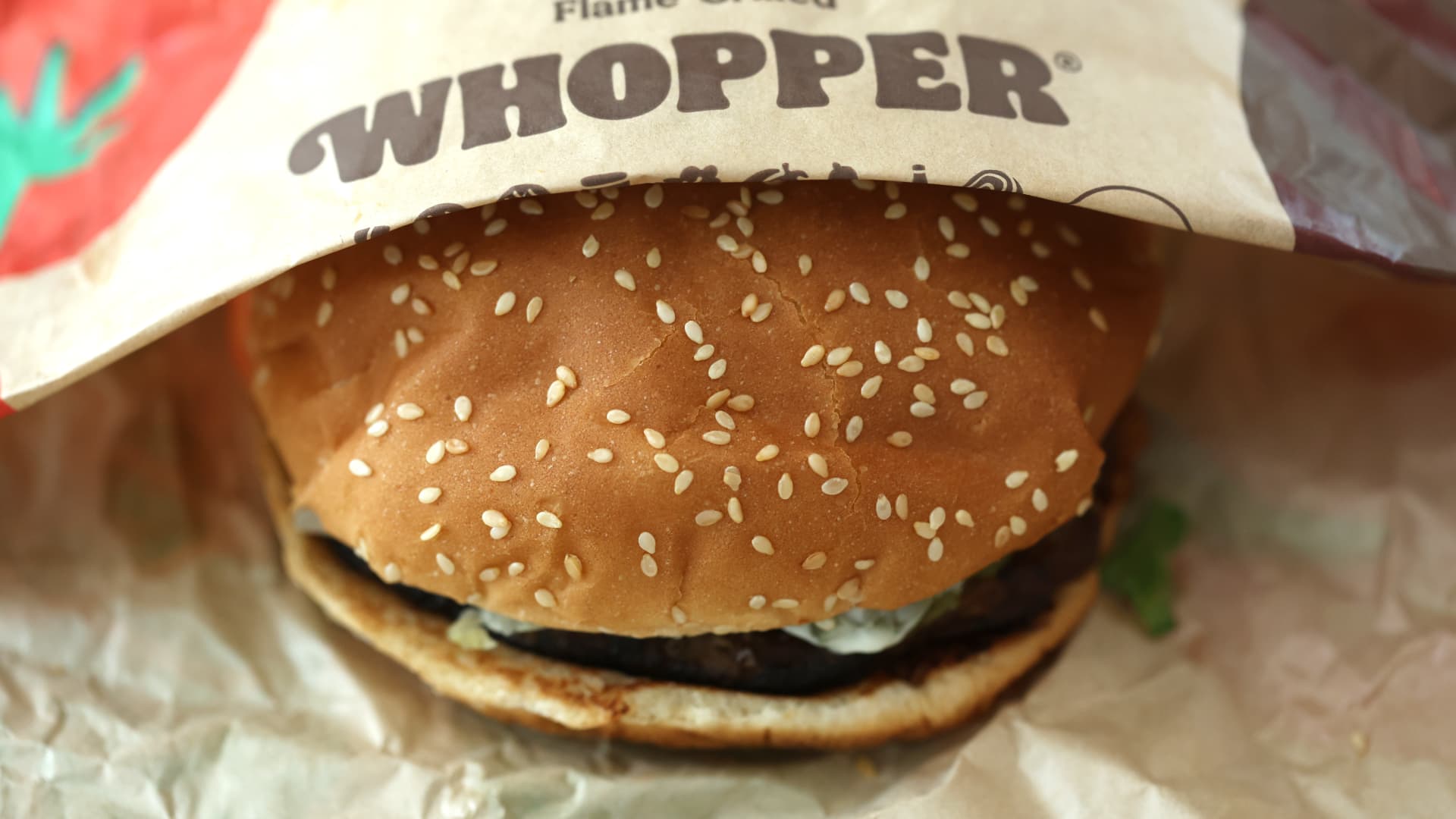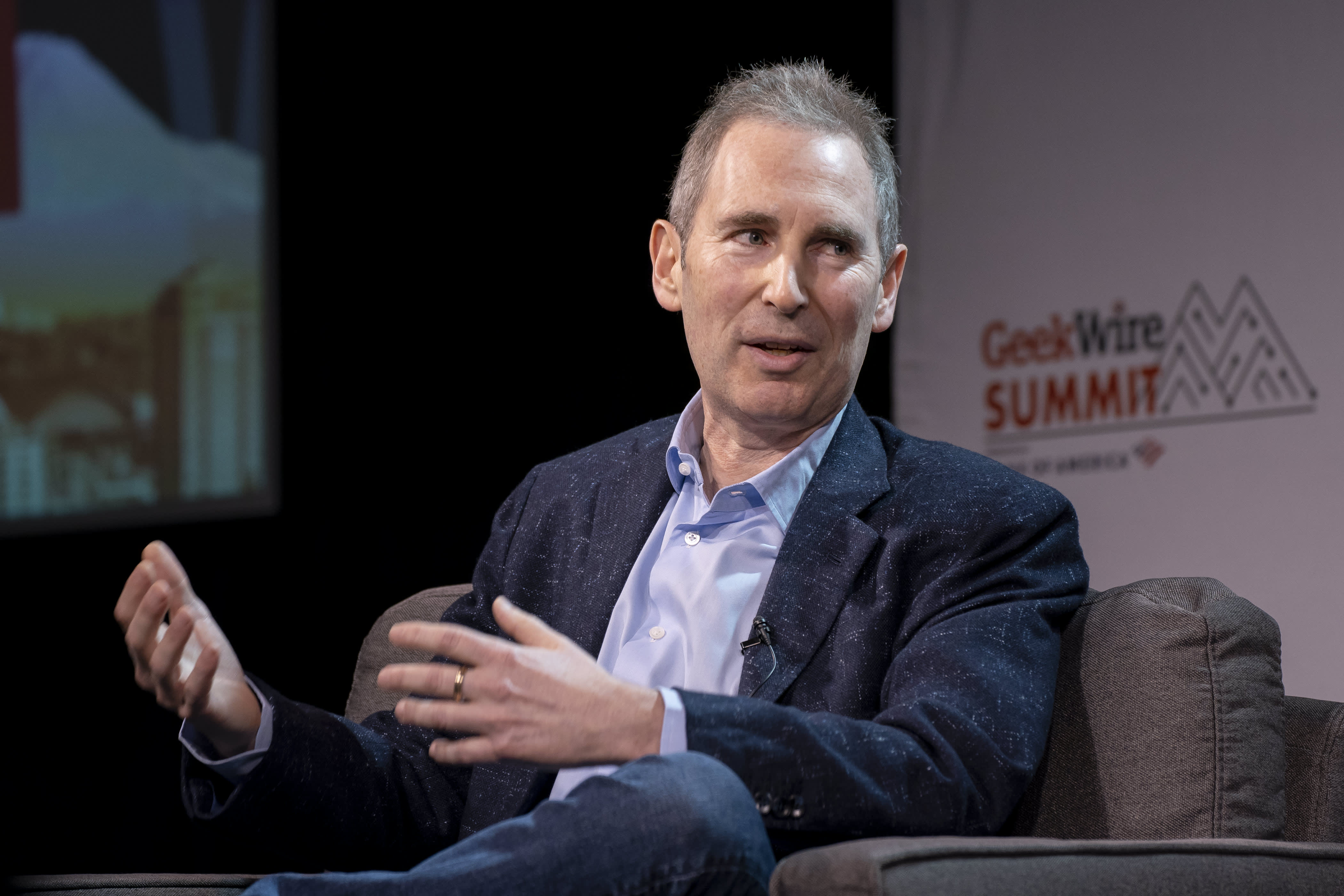
Seven months after Burger King unveiled a strategy to revive its U.S. business, the chain is selling more Whoppers than ever before.
Burger King U.S. President Tom Curtis told CNBC that preliminary improvements to restaurant operations and new marketing campaigns are already boosting sales and customer satisfaction, although it’s still early innings.
Parent company Restaurant Brands International is scheduled to report its first-quarter earnings and sales results for its divisions, including Burger King U.S., before the bell on May 2. Last quarter, Burger King’s U.S. same-store sales rose 5% on the back of implementing early steps in the turnaround plan.
The $400 million plan to rejuvenate Burger King’s domestic sales was developed in partnership with franchisees and focuses on revamping its restaurants and investing in advertising.
“What’s happened in the last six months is that sense of ‘We’re in this together’ that we have with our franchisees. I think it’s unique in the business, and I think that differs from what you see from some of the competition as well,” Curtis said.
Burger rival McDonald’s has had much-publicized spats with its operators over the years. Recently, tension has been boiling over changes to its franchise policies.
Before Burger King announced its official turnaround strategy, the company spent roughly a year simplifying operations with a goal to improve efficiency and order accuracy, Curtis said. For example, Burger King reformulated and renamed its chicken sandwich. The now-retired Ch’King sandwich involved 21 steps to prepare the final menu item. The Royal Crispy Chicken sandwich takes just five.
After announcing its “Reclaim the Flame” strategy at a franchisee convention in September, Burger King turned its attention to an in-store training program for all of its restaurants that instructed workers to greet customers, make Whoppers properly and give out Burger King’s iconic crowns. Curtis said it was “the most important thing that we did coming out of the convention.”
Burger King also held roundtables for general managers in 45 cities. Those roundtables included training general managers on how to execute a five-week-long deep clean of their restaurants.
“I think those things are foundationally important, and they resulted in a 20% uplift in guest satisfaction,” Curtis said.
Additionally, Burger King launched its “You Rule” marketing campaign in the fall. The chain’s mascot, the Burger King, is nowhere to be seen in the ads. Instead, customers are royalty.
And despite Curtis’ own initial misgivings about the “Whopper Whopper” jingle used in the campaign (he was underwhelmed by the lyrics and asked the marketing team to rethink it), the song went viral and spawned memes across Twitter and TikTok. The company officially released the song in response to the popularity, and it has nearly 3.3 million streams on Spotify as of Friday.
“We’re selling more Whoppers than we ever have. It’s had a really positive impact that we didn’t pay for or foresee on the business … it’s really exceeded my expectations,” Curtis said, adding that he’s excited for Restaurant Brands to release its earnings.
Since the company announced its “Reclaim the Flame” strategy, former Domino’s Pizza CEO Patrick Doyle has joined Restaurant Brands as its executive chair. Doyle oversaw the pizza chain’s transformation into a digital powerhouse in the restaurant industry. Curtis, who started as a Domino’s franchisee, worked alongside Doyle during his long career at Domino’s as an operations executive before joining Burger King in 2021.
One of Doyle’s priorities for Burger King has been improving franchisee profitability. Two Burger King franchisees have filed for bankruptcy so far in 2023. The first franchisee to file for bankruptcy, Toms King Holdings, sold most of its locations at auction for $33 million earlier in April.
“I don’t want to say that it’s welcome, because it’s not, but I do think that if managed correctly, the outcome can be better than where you were before,” Curtis said.
While early signs point to the turnaround taking hold, Curtis is deferring the victory lap for now, emphasizing that “Reclaim the Flame” is meant to be a multiyear growth strategy.
For example, of the $50 million that Restaurant Brands earmarked to improve restaurants’ appearances in conjunction with franchisees’ own investment, Burger King spent just $15 million in 2022.
“We’re not even halfway, and these things just take time,” Curtis said.


